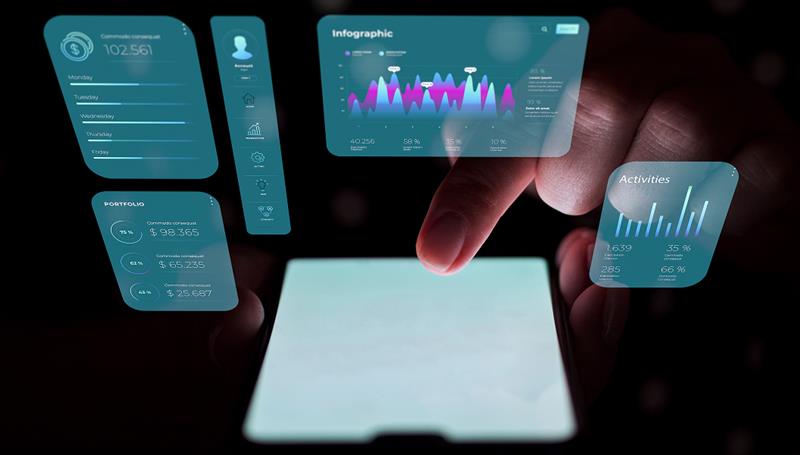In today’s digital economy, where technology alone is no longer a differentiator, the quality of digital experience (DX) has emerged as a key driver of sustainable growth and competitive edge. Companies are no longer competing through features, they’re competing through how their products feel.
What Is Digital Experience (DX)?
Digital Experience is the sum of all interactions and emotional impressions users have with your digital product, from visiting the website or using the mobile app to interacting with support or navigating a dashboard.
It goes far beyond UI (User Interface) and UX (User Experience) design. A well-crafted digital experience includes:
- – Intuitive navigation and predictable flows,
- – Fast performance and high system stability,
- – Personalized and device-adaptive content,
- – Visual and emotional consistency,
- – Clear feedback and a sense of control.
DX is what users remember, compare, and base their loyalty on, even if they can’t articulate it.
Why DX Has Become a Business-Critical Priority
User expectations have skyrocketed
Today’s users demand simplicity, clarity, and seamlessness. If the experience is clunky or confusing, they will switch instantly.
DX directly impacts core business metrics
Even small UX improvements can significantly increase conversion rates, reduce churn, boost lifetime value, and lower support costs.
Functionality is no longer a differentiator
Most platforms offer similar features. What sets them apart is how easy, fast, and enjoyable they are to use.
DX shapes brand perception
The experience users have becomes part of your brand. It influences trust, loyalty, and whether users recommend your product.
Turning DX into a Strategic Advantage
To make DX a real business asset, not just a visual enhancement, companies should focus on these principles:
- Design the journey, not just the interface
Understand user motivations. Why do users come, what do they want to achieve, and where do they get stuck? Use customer journey mapping, job stories, and analytics to uncover growth points.
- DX goes beyond design – it’s also technical
Slow APIs (Application Programming Interfaces), backend errors, and scaling issues all affect how users experience your product, even if they can’t name them.
- First impressions are everything
Onboarding must be fast and intuitive. The quicker a user experiences value (Time to First Value), the higher the chance of retention.
- Consistency builds trust
Use unified design systems, clear terminology, and familiar patterns across all platforms to reduce friction and boost confidence.
- Feedback fuels progress
DX isn’t a one-time project, it’s a continuous cycle. Real-time data, usability testing, interviews, and behavioral analytics should inform regular improvements.
- Measure what matters
Track meaningful experience metrics like Time to First Value, Task Success Rate, Net Promoter Score (NPS), and Net Emotional Value to guide decision-making.
Conclusion
Digital Experience is not a layer, it’s the foundation.
It powers customer trust, loyalty, and long-term engagement. In a world where features can be copied overnight, those who focus on how products feel, not just what they do, are the ones who lead.
At Right&Above, we build digital solutions that not only work, but also deliver value from the very first interaction. If your business is ready to scale through clarity, empathy, and technology, we’re ready to help you make it happen.


